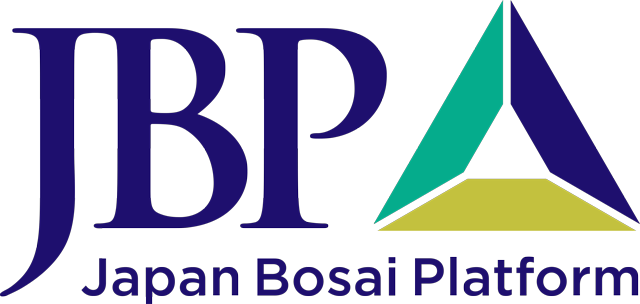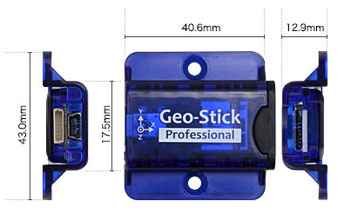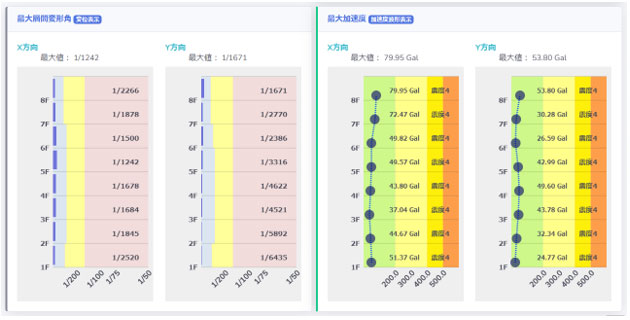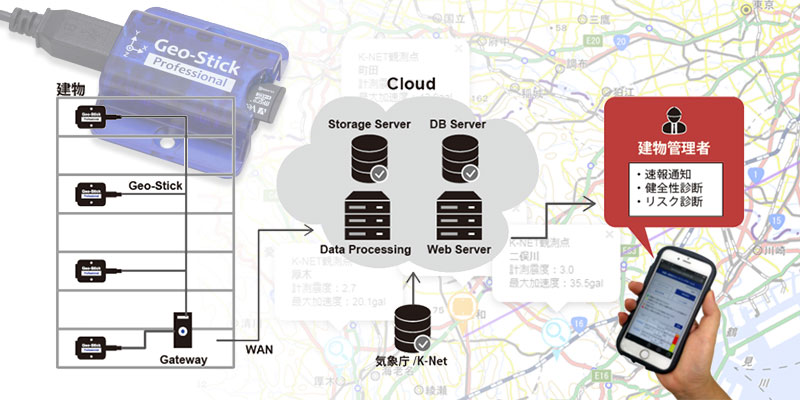
Bosai Solution ID : JBP00118

Geo-Seismo - earthquake and building monitoring service -
Vibration monitoring service for buildings during earthquakes using Geo-Stick, an originally developed acceleration measurement sensor
Hazard
Solution Purpose
Solution Theme
Risk Assessment
Disaster Prevention Plan
Infrastructure Technology
Building Technology
Information & Communication Technology
Education & Training
Technology Subject
Advantages
Remote, large-scale seismic monitoring is now possible using the cloud. Data obtained during earthquakes contribute to the study of the degree of building damage due to major earthquakes, while data from small- to medium-scale earthquakes provide information on the integrity and risk of the buildings and the ground.
Solution Illustrated
Once Geo-Stick installed in a building detects an earthquake, it sends acceleration data to a gateway computer. The data are then transferred to the cloud, and an administrator is notified of the analysis results via email and can view them in a browser.


Background
With concerns over the possibility of earthquakes occurring directly under the Tokyo metropolitan area and in the Nankai Trough, the need has arisen to determine the possibility of continued use of buildings after the major earthquakes based on building vibration data. This is part of the so-called business continuity plan. It is also important from the perspective of disaster prevention to determine the seismic resistance of buildings based on data from small and medium-scale earthquakes that occur on a daily basis and, if necessary, to base-isolate or reinforce the building against the earthquakes.
Considering this background, Geolab has launched an efficient earthquake monitoring service using the cloud.
Considering this background, Geolab has launched an efficient earthquake monitoring service using the cloud.
Exposition of the Solution
Geo-Stick, an acceleration measurement unit, has been developed to record building vibration during earthquakes.

Acceleration data measured by Geo-Stick are sent to the cloud, and then the maximum acceleration and maximum interlaminar deformation angle for each floor are calculated. With these values the degree of damage is determined in comparison with threshold values.

In addition, the integrity of the building and the risk during major earthquakes are evaluated considering the followings:

Acceleration data measured by Geo-Stick are sent to the cloud, and then the maximum acceleration and maximum interlaminar deformation angle for each floor are calculated. With these values the degree of damage is determined in comparison with threshold values.

In addition, the integrity of the building and the risk during major earthquakes are evaluated considering the followings:
- Changes in tilt of Geo-Stick installed floor
- Variation of the first-order natural frequency estimated from the ratio of acceleration amplitude spectra of the top floor and the first floor.
- Assumption using the relationship between measured seismic intensity, maximum acceleration, and maximum interlaminar deformation angle on the first floor during the major earthquakes.
Achievements of Examples
Geo-Seismo has been installed in approximately 250 buildings as of August 2023.
Corporate Profile
Geoscience Research Laboratory
JM Bldg.4F, 3-1-6 Yamatohigashi, Yamato, kanagawa, 242-0017, Japan
Tel. : +81-46-200-2281
E-mail : chisoukengeolab.jp
Website : https://www.geolab.jp/


